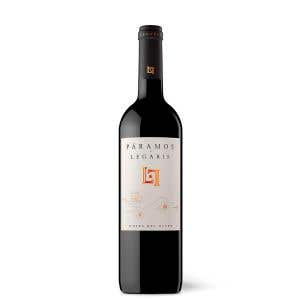But there are still more tempranillo wines to be tasted. Given that it is the second most widespread vitis vinifera in the Spanish vineyard (followed by the white airén), its cultivation is distributed all over the country: it can be found in 28 Denominations of Origin and covers some 231,000 hectares of vineyards. Since 2000, Tempranillo vines have increased their presence in the national territory by more than 40%.
Indeed, there is even a white Tempranillo wine. This is a genetic mutation of the red grape which offers interesting white wines in Rioja.
However, in other areas, this variety has left the extensive "club": the tinta del Toro. Until recently it was considered a clonal variation of Tempranillo, with its own characteristics due to its adaptation to this unique Zamora vineyard. Currently it is considered an autochthonous variety of Toro, although it is closely related to Tempranillo.
Tempranillo is also widely disseminated in the international vineyard, as it is the fifth most grown grape variety in the world. Its vines are spread throughout Portugal, Argentina, Uruguay, Mexico, Australia, South Africa, and the United States, among other countries.
Tempranillo wines around the world
It should be noted that the interest for this grape is not limited solely to Spain. According to a recent report issued by the OIV (International Organization of Vine and Wine), tempranillo has managed to rank fifth in the international ranking of the most cultivated red varieties in the world.
Even though Spain covers 88% of the global production of this variety, there are also excellent tempranillo grapes in Portugal -where it is known as tinta roriz-, and it is also becoming increasingly popular in Argentina, where it is currently cultivated on more than 5,000 hectares. This grape is also used to make wines in Uruguay, Chile, Brazil, Mexico, California, Australia, and South Africa, among other countries.






































